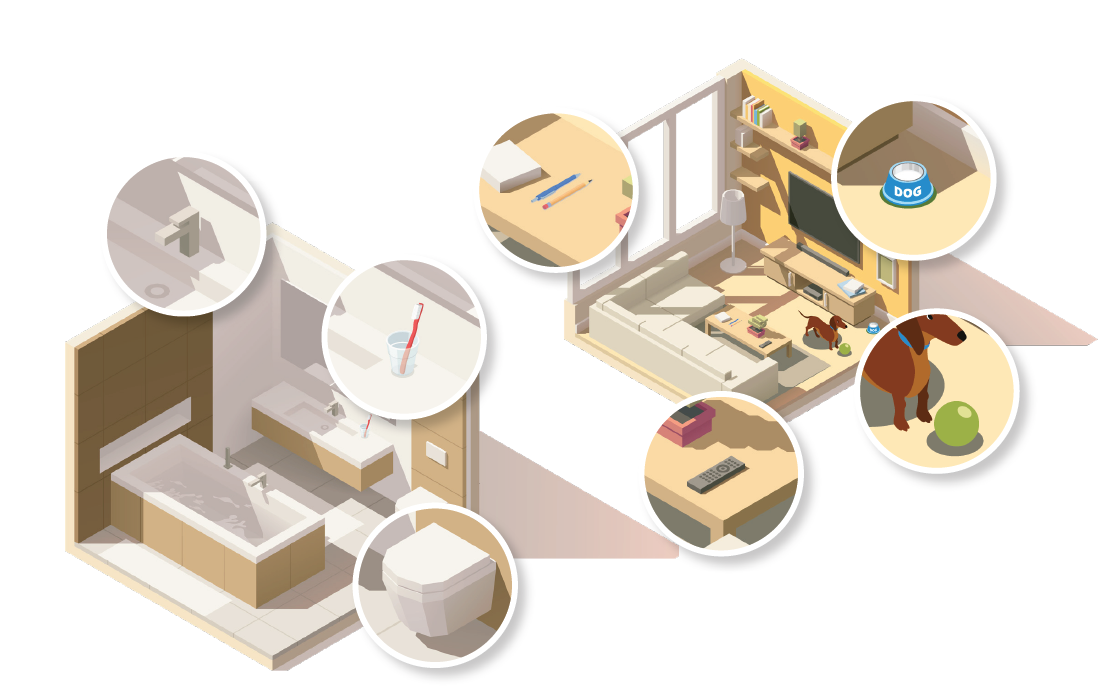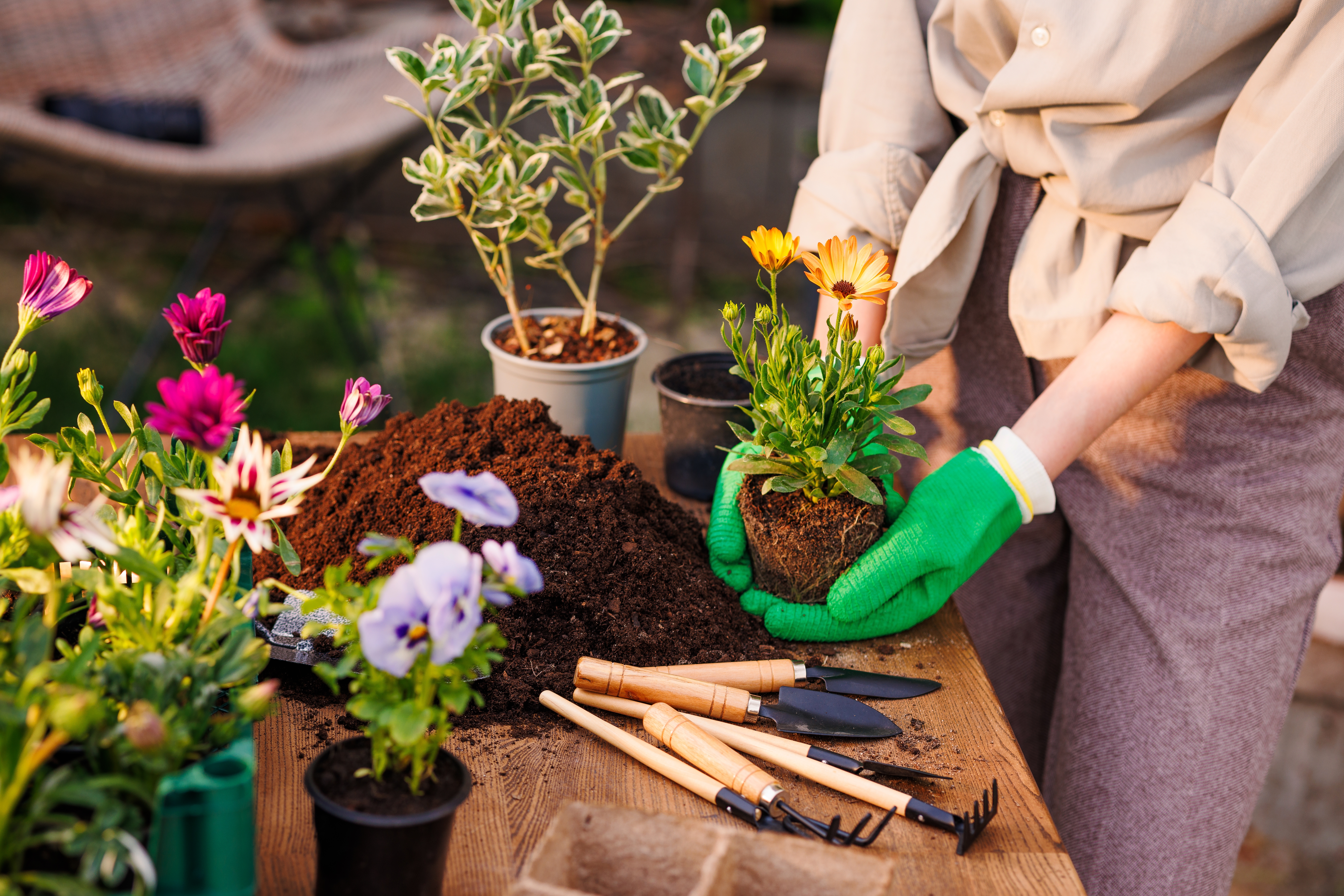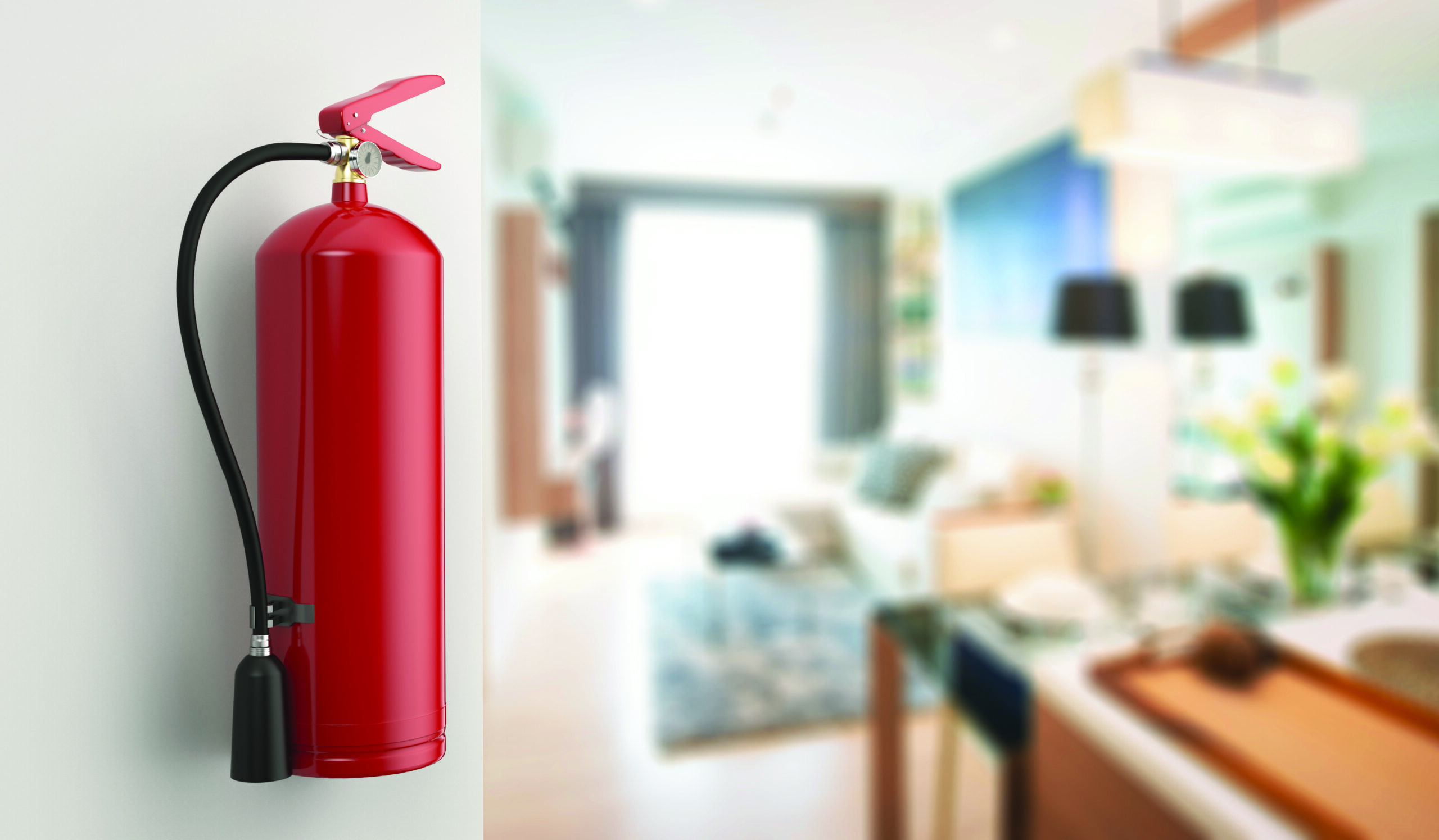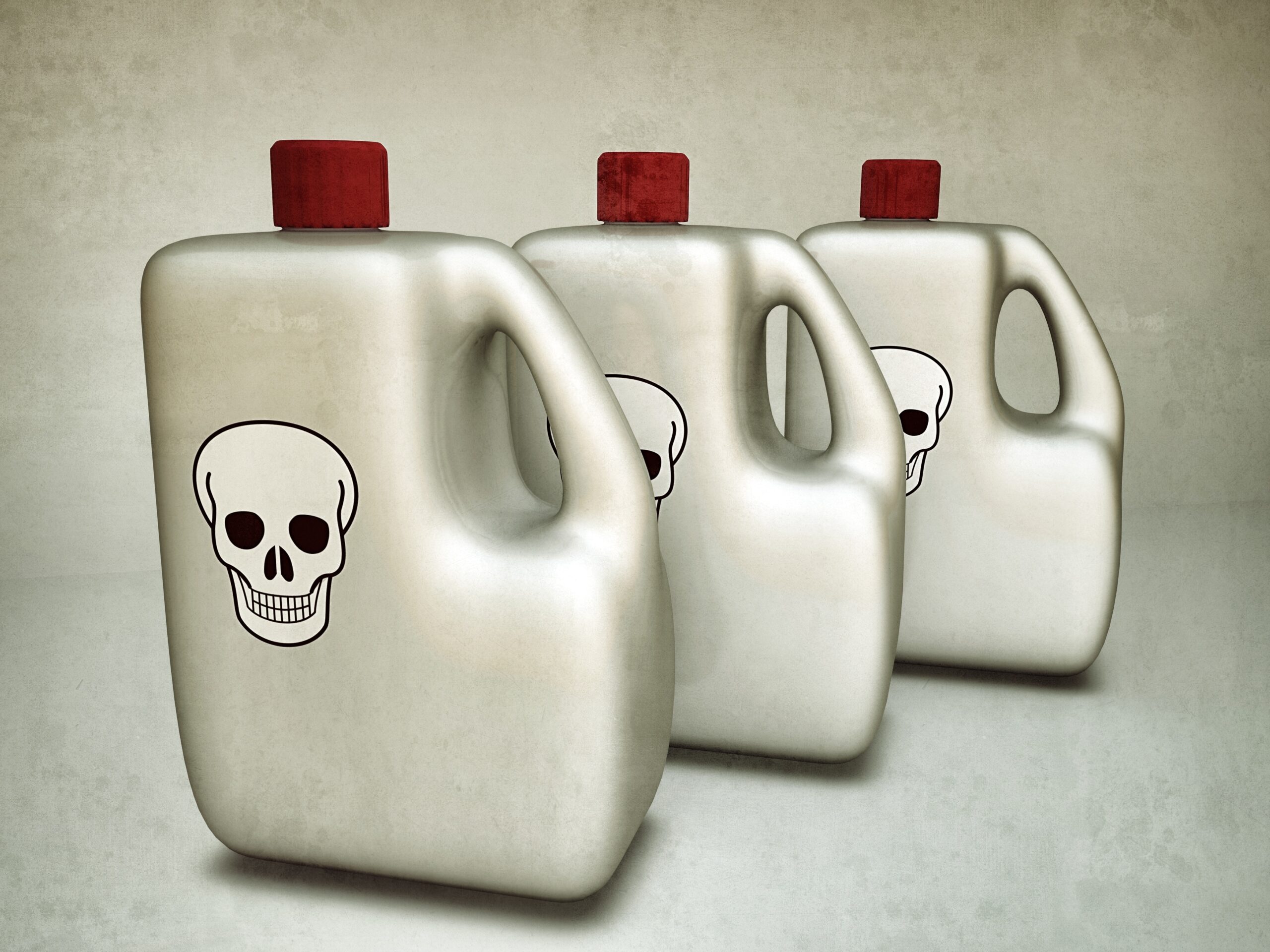by Jeff Gutkowski
You don’t have to be a germaphobe to want to keep your family as healthy as possible, but the reality is that your home is a vast breeding ground for illness-causing germs. Commonly found household germs include staph, salmonella, E. coli and fecal matter. Germs in the house get transferred to humans in several ways: airborne, hand to mouth/nose and digestion of food items. Germs are everywhere, not all of which are bad, and we can only stop them if we live in a sterile bubble.
So, where are the best places to focus your cleaning efforts? A 2011 NSF International Household Germ Study found that a popular misconception is that the bathroom is the “dirtiest” place in the house with the highest concentration of germs. But the truth about where the most germs live and breed is much more alarming than that. Places where food is prepared and any places that are warm, moist and not cleaned frequently give germs the right conditions to reproduce. And wow, can germs reproduce. With the right conditions, some germs reproduce every 20 minutes. Places in your house that are likely infested with most germs include:
The Kitchen Sponge or Dish Rag.
More than 75% of the kitchens tested in the NSF survey had sponges or dish rags that contained coliform bacteria, the family of bacteria that includes E. coli and Salmonella and may reflect fecal contamination. Dishrags and sponges are by far the worst offender of germs in the home and on average contain 100 times the number of microorganisms of the second offender on our list. It is probably a good idea to microwave the wet, soapy sponge for 3-4 minutes at least once per day or run it through the dishwasher. A new dishrag every day could help, too. You may go through sponges and dishrags more quickly, but you won’t be spreading bacteria every time you wipe up.
The Toothbrush Holder
Who bothers to disinfect the toothbrush holder, you ask? Hopefully you, now that you know that the toothbrush holder has one of the highest likelihoods of harboring yeast/mold and coliform.
The Pet Bowl
Man and woman’s best friend can be their dirtiest friend, too. Just like places where we prepare our food, dog and cat bowls are likely to contain coliform and yeast/mold. Wash pet bowls with warm, soapy water and rinse thoroughly every day.
The Coffee Reservoir
Coffee reservoirs are great breeding grounds (excuse the coffee pun) for yeast/mold but can also harbor coliform bacteria, according to swab tests. Use vinegar mixed with water and run it through your coffee machine. If the reservoir is removable, check to see if it is dishwasher safe for an every day clean.
The Kitchen Sink
Your kitchen sink ranks right behind the sponge for harboring more coliform bacteria and yeast/mold than anywhere else in the home. Use bleach or vinegar-based disinfectant regularly to clean your sink and don’t use it as a “way station” for dirty dishes and food waste.
A Pet Toy/Tennis Ball
Pet toys go everywhere with your pet: outside in the back yard, inside on rugs, floors and furniture. But it’s still not as disgusting as the kitchen sink!
The Bathroom Faucet Handle
Think about the times when someone touches the handle. Although the toilet bowl handle by itself doesn’t make our cutoff, these two useful handles combine to make a pretty potent punch.
The Kitchen Countertop
Any place where food preparation takes place is high on this list because sources of coliform bacteria include unwashed produce, raw meat and poultry. Using a clean sponge and antibacterial agent regularly will keep your countertop from transferring bacteria like coliform and yeast/mold between foods. Cutting boards harbor the same germs, just not as many.
The Bathroom Doorknob
Surveys of the things that people find most annoying about strangers often include watching people skip washing their hands after using the facilities. So, maybe it’s not so surprising that the bathroom doorknob makes the list for places to find coliform and staph.
Stove Knobs
Here is a stunner in our countdown. A real upset when you see what sits at number 11. You’re in the kitchen with uncooked food when you turn on the stove, so it’s easy to see how this made the list. Remembering to wipe the knobs when you clean up the stove after dinner will go a long way, but placing a napkin in your hand before touching the knobs will go even further.
The Toilet Seat
Pretty obvious, right?
The Gear Shift
A follow-up surprise in the countdown, but a place where yeast/mold and coliform grow. Not surprisingly and sort of relatedly, the steering wheel can be bad too—just not as bad as the gear shift.
The Microwave Handle
Back to food prep for number 13, which is the sixth and last entry coming from the kitchen.
Pens
After researching for this article, you will not catch me putting a pen in my mouth. Ever. Do without the extra yeast/mold, staph and coliform—in that order—by stopping that bad habit.
Remote Control
When was the last time you disinfected your remote control? Thought so. Really high on yeast/mold.








Leave A Comment